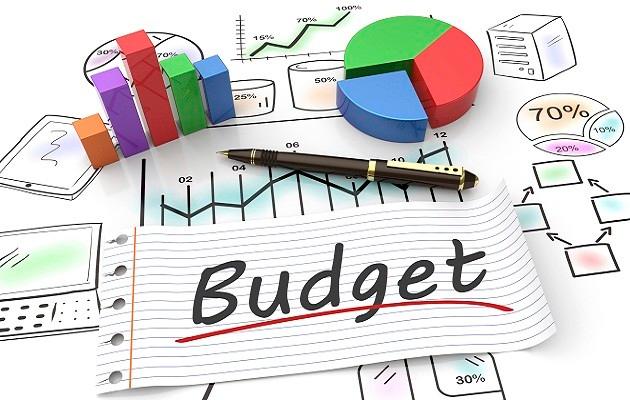By Dipesh Ghimire
Nepal’s Government Spends Only 18% of Annual Budget in the First Quarter of FY 2082/83

The Government of Nepal has spent less than one-fifth of its total annual budget during the first quarter of the current fiscal year 2082/83, reflecting slow budget execution and structural inefficiencies in public expenditure. According to the latest report from the Office of the Financial Comptroller General (OAG), only NPR 364.58 billion, equivalent to 18.56% of the total NPR 1.964 trillion budget, was spent by the end of Ashoj 2082. This trend of sluggish spending has become a recurring concern in Nepal’s fiscal management, as the government continues to struggle with capital project delays and administrative bottlenecks.
A closer look at the expenditure breakdown reveals that the government continues to prioritize recurrent expenses over capital investments. Out of the total expenditure, NPR 256.80 billion (21.75%) was spent under the recurrent heading, which mainly covers government salaries, administrative operations, subsidies, and social security payments. This shows that regular expenses have continued without disruption.
However, spending under the capital heading — which finances development projects such as roads, bridges, irrigation, hydropower, and public infrastructure — remains critically low. As of Ashoj-end, only NPR 19.18 billion, or 4.7% of the total annual allocation, has been spent. This extremely low level of capital expenditure demonstrates the persistent challenges of project implementation delays, lengthy procurement processes, and weak coordination among government agencies.
Similarly, under the financial management heading, which includes debt servicing, interest payments, and other financial obligations, NPR 88.60 billion (23.61%) was spent. This higher percentage reflects Nepal’s increasing burden of public debt and the growing share of financial liabilities in total government spending.
On the revenue front, government collection has also fallen short of expectations. By the end of Ashoj, the government had mobilized only NPR 253.18 billion, equivalent to 16.51% of its annual revenue target. The government had set a goal of collecting NPR 1.533 trillion in total revenue for the fiscal year 2082/83, but performance in the first quarter indicates that the target may be difficult to achieve without major reforms in tax administration and compliance.
Out of this, domestic revenue accounted for NPR 249.05 billion, or 16.83% of the annual goal of NPR 1.48 trillion. This amount includes income from customs, VAT, excise duties, and income taxes. On the other hand, foreign grants remained minimal — only NPR 2.72 billion, or 3.76% of the targeted NPR 53.44 billion. The weak inflow of external grants underscores the declining foreign aid dependency and delays in donor disbursement processes.
The current data exposes a fiscal imbalance between expenditure and revenue performance. While recurrent spending continues at a steady pace, the low capital expenditure indicates limited progress in infrastructure development and public investment. This imbalance has broader economic consequences, as capital projects are directly linked to job creation, private sector stimulation, and long-term economic growth. The lack of progress in such projects slows down Nepal’s economic momentum and weakens its post-crisis recovery.
Additionally, the slow revenue collection creates further pressure on government financing. If the pace of revenue generation does not improve in the coming months, the government may have to rely more on domestic borrowing or short-term treasury operations to meet expenditure demands. This could lead to higher interest costs and reduced fiscal flexibility in the latter half of the year.
The increasing share of financial management expenditure also suggests that Nepal’s debt servicing obligations are gradually rising. Without stronger fiscal discipline, efficient budget disbursement, and robust project management, Nepal may face growing challenges in maintaining fiscal sustainability and implementing its national development priorities effectively.
In summary, during the first quarter of FY 2082/83, the Government of Nepal spent only 18.56% of its total budget, with recurrent expenditure at 21.75%, capital expenditure at just 4.7%, and financial management expenditure at 23.61%. Meanwhile, total revenue collection reached only 16.51% of the target, including 16.83% from domestic sources and a mere 3.76% from foreign grants.
The data paints a concerning picture of weak fiscal performance — high administrative spending, minimal development expenditure, and slow revenue growth. To improve the situation, the government must accelerate capital project execution, enhance revenue mobilization efficiency, and ensure better fiscal governance to maintain macroeconomic stability throughout FY 2082/83.









